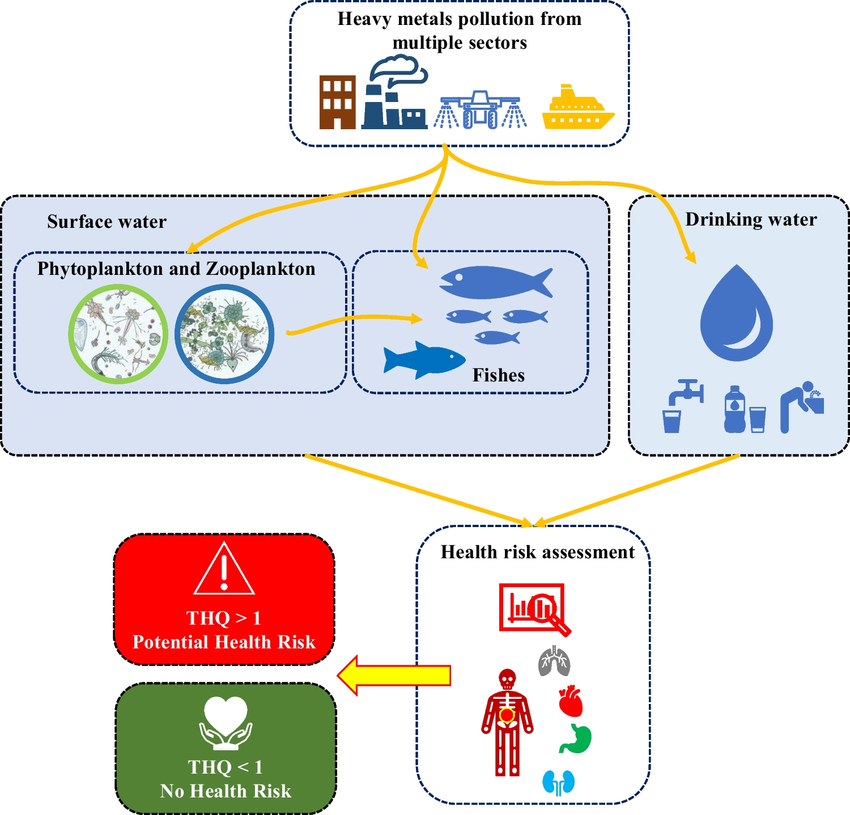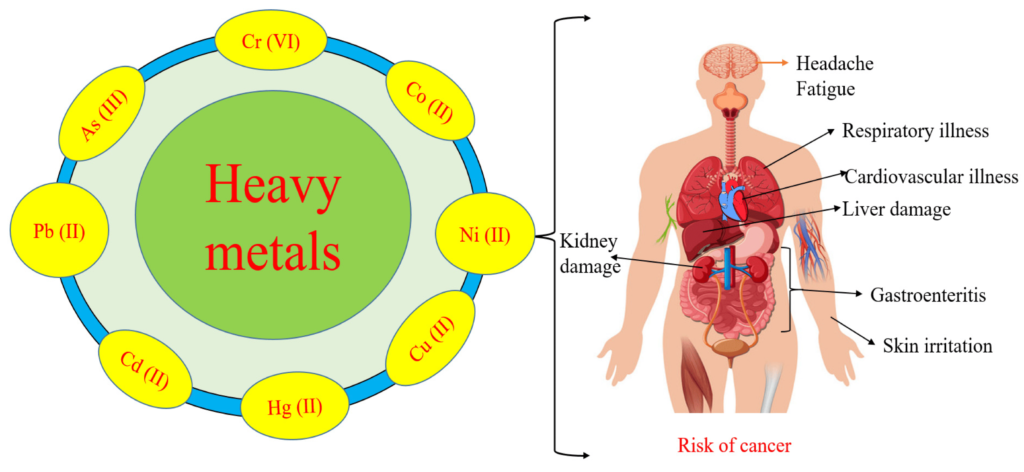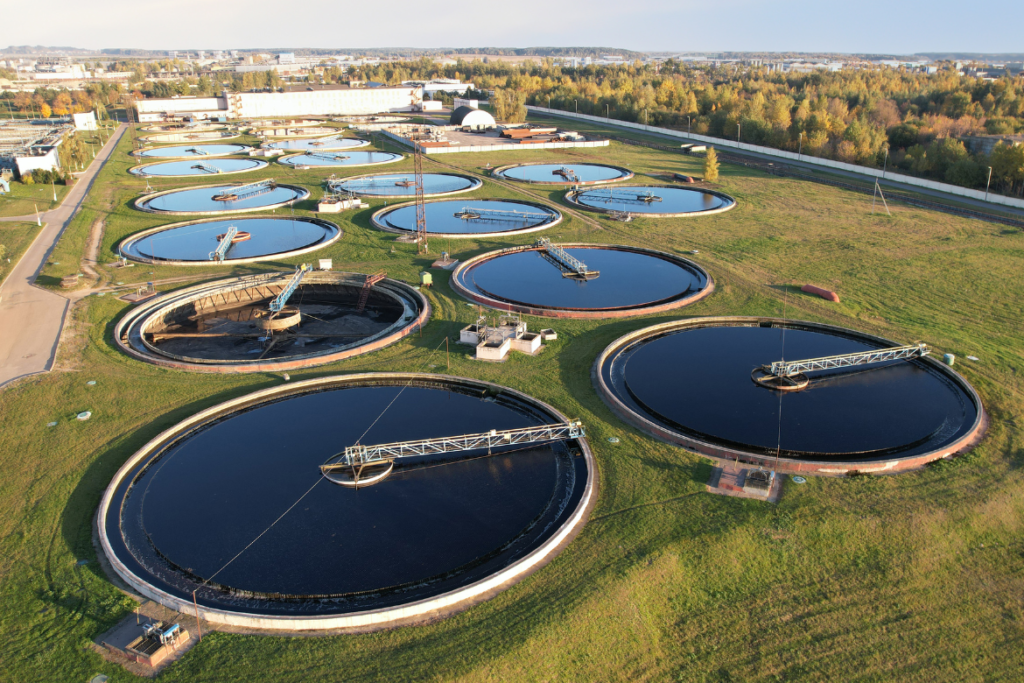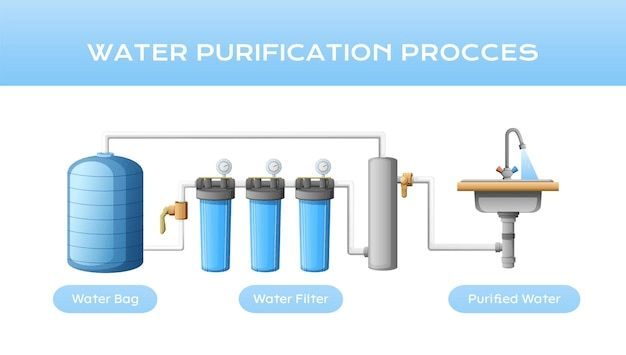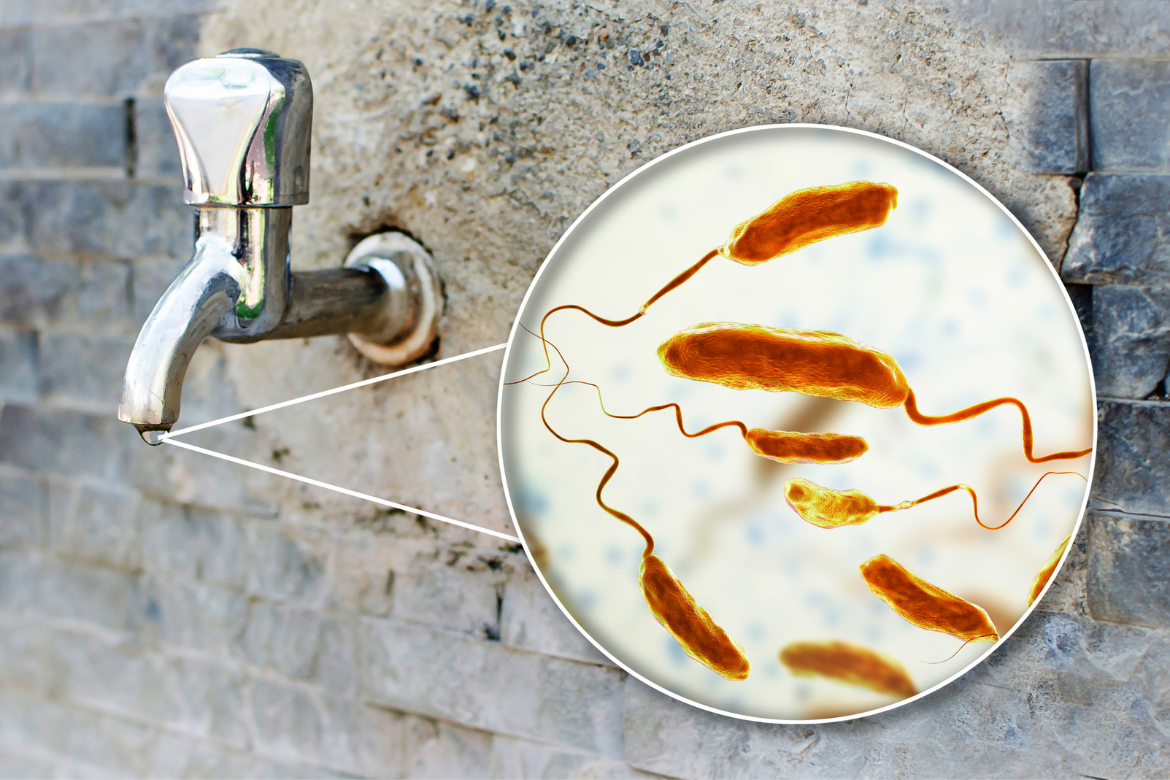
Understanding Heavy Metals in Tap Water: Risks and Solutions
| July 25, 2024In today’s health-conscious society, the quality of our drinking water is paramount. One particularly concerning issue is the presence of heavy metals in tap water.
Heavy metals, such as lead, arsenic, mercury, and cadmium, can infiltrate water supplies through natural sources, industrial processes, and aging infrastructure.
Understanding the risks associated with these contaminants and knowing how to mitigate them is crucial for safeguarding public health.
Identifying Common Heavy Metals
Heavy metals are naturally occurring elements that, at certain concentrations, can pose serious health risks.
Here are some common heavy metals found in tap water and their sources:
- Lead: Often found in older plumbing systems and solder used to join pipes. Lead exposure is especially harmful to children, affecting their neurological development.
2. Arsenic: Can enter water supplies from natural deposits in the earth or industrial processes. Long-term exposure to arsenic has been linked to various cancers and skin lesions.
3. Mercury: Typically originates from industrial pollution and can accumulate in fish and seafood. Chronic exposure to mercury can lead to neurological and kidney damage.
4. Cadmium: Found in industrial waste and can leach into water sources from fertilizers, mining operations, and battery disposal. Cadmium exposure can cause kidney damage and is associated with certain cancers.
Health Risks
The presence of heavy metals in drinking water, even at low concentrations, can have serious health implications:
– Neurological Effects: Lead and mercury can impair neurological development in children and cause cognitive deficits in adults.
– Cancer Risk: Arsenic and cadmium are known carcinogens, increasing the risk of various cancers with long-term exposure.
– Kidney Damage: Cadmium exposure is particularly harmful to the kidneys, leading to renal dysfunction over time.
Regulatory Standards and Monitoring
To protect public health, regulatory agencies like the Environmental Protection Agency (EPA) in the United States and similar bodies worldwide set standards for acceptable levels of heavy metals in drinking water.
These standards ensure that water utilities regularly monitor and treat water to meet safety guidelines.
However, aging infrastructure and environmental factors can still lead to contamination issues, necessitating ongoing vigilance.
Mitigation Strategies
Several strategies can help mitigate the risks associated with heavy metals in tap water:
- Water Testing: Regularly test your tap water for heavy metals, especially if you live in an older home or suspect contamination.
2. Filtration Systems: Use water filtration systems certified to remove heavy metals. Reverse osmosis, activated carbon filters, and ion exchange systems are effective options.
3. Flush Pipes: If water has been sitting in pipes for several hours (especially in the morning), run the tap for a few minutes before use to flush out any accumulated metals.
4. Use Cold Water for Cooking and Drinking: Hot water can leach more metals from pipes, so use cold water for cooking and drinking whenever possible.
5. Address Plumbing Issues: Replace old plumbing fixtures and pipes that may contain lead or other metals. Use certified lead-free materials for new installations.
Conclusion
While the presence of heavy metals in tap water is a concern, proactive measures can significantly reduce exposure risks.
By understanding the sources, health risks, regulatory standards, and effective mitigation strategies, individuals and communities can take informed steps to ensure safe drinking water.
Regular monitoring, proper filtration, and infrastructure maintenance are key to protecting public health from the potential hazards of heavy metal contamination in tap water.

